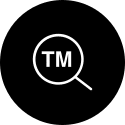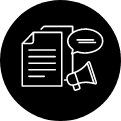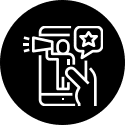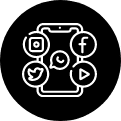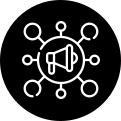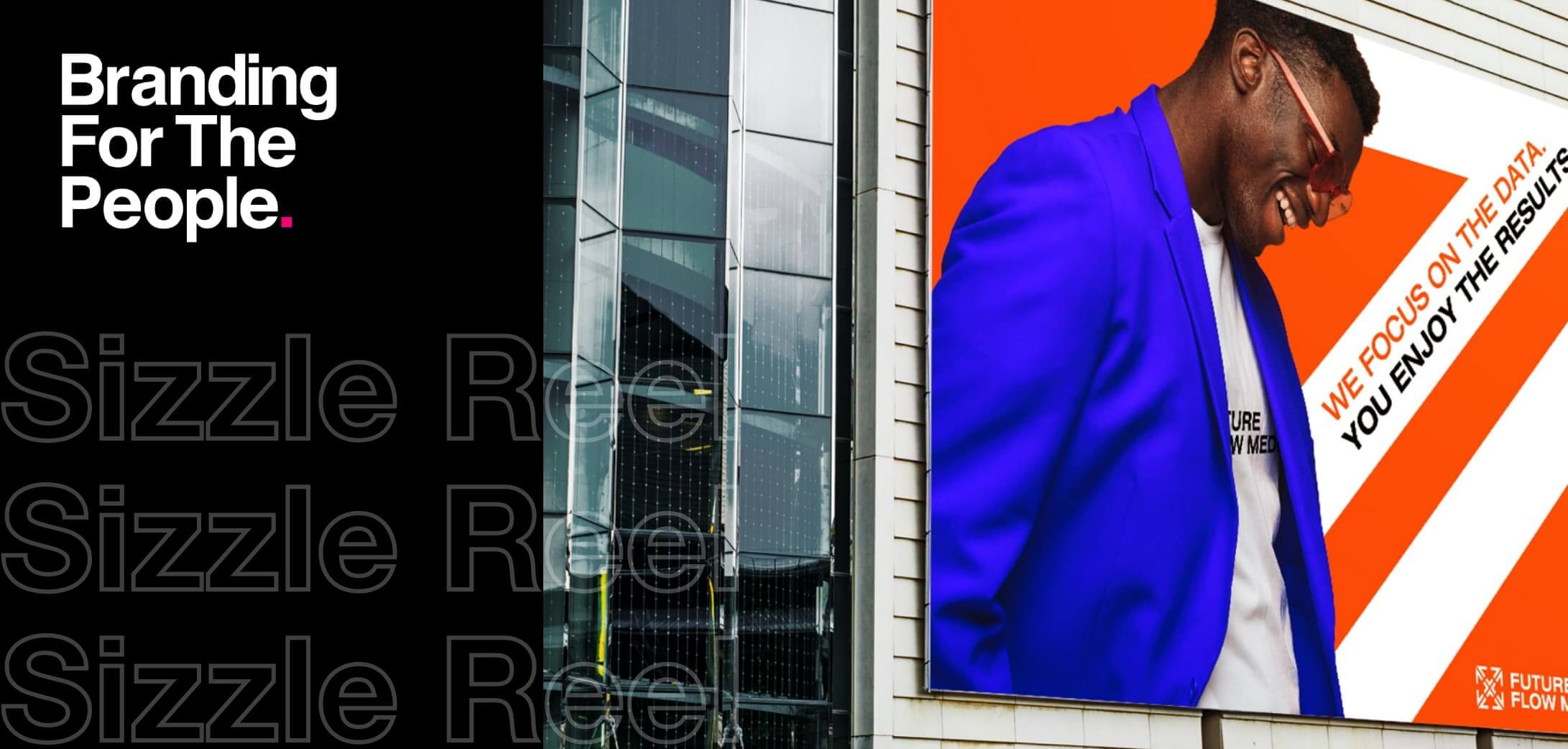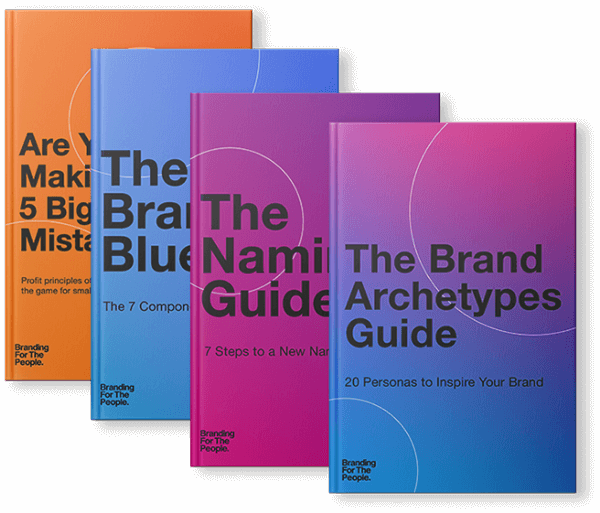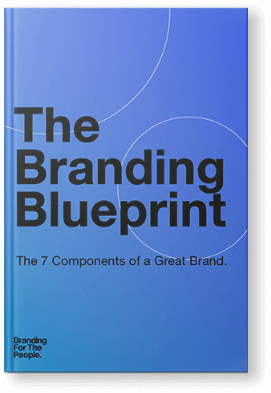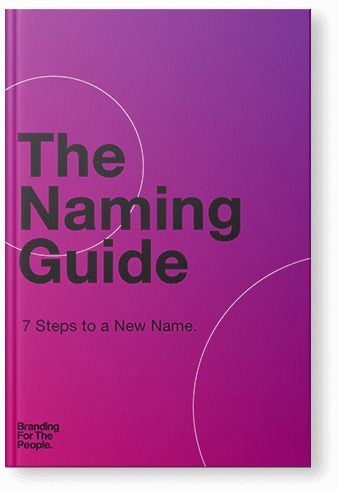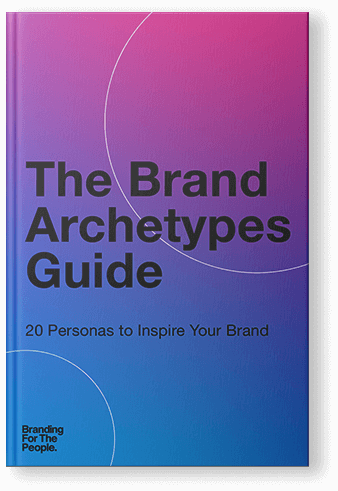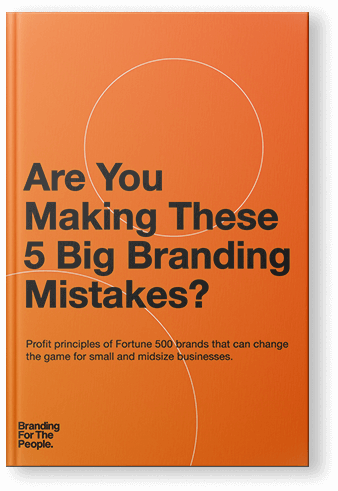Our Approach
The Brand
Amplification
Method
There’s a science to how we create and manage brands. First, we organize; we gather everything we can glean about your business, your audience, what you offer, and who you want to reach. Next, we simplify; we take everything we’ve learned and boil it down to its most essential parts to help determine how best to position your brand. Finally, we Amplify; we transform your strategy into a world-class Brand Identity to help you market your brand to the right people.
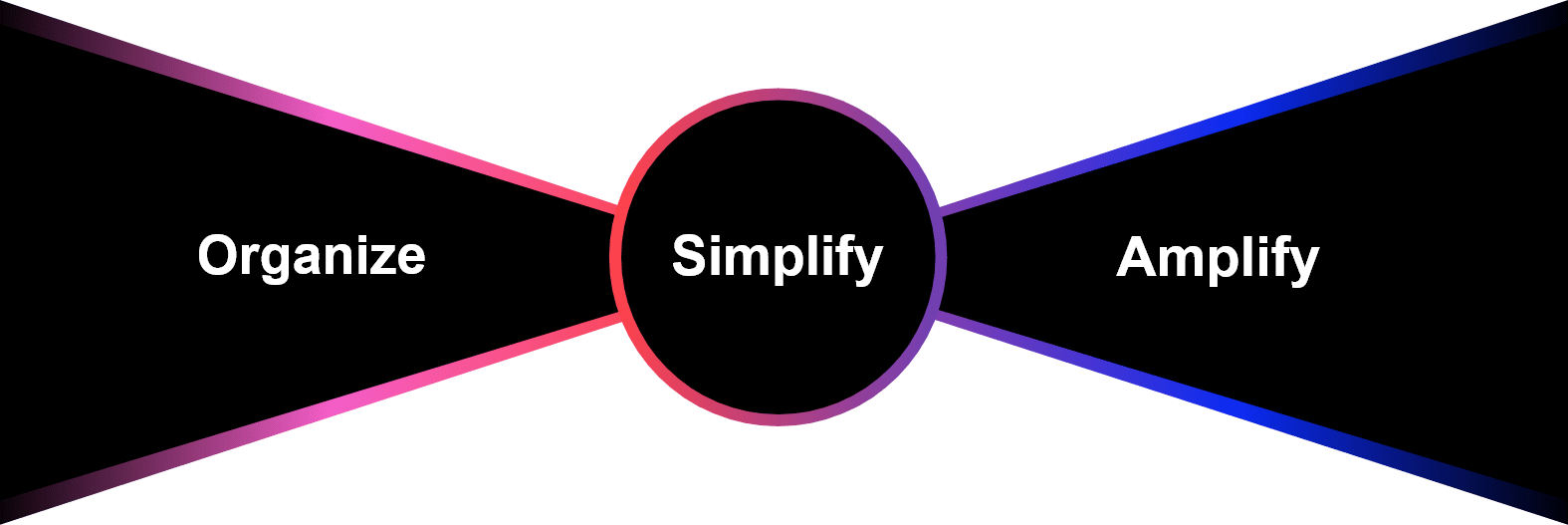
TESTIMONIALS
Client Success Stories

“Their attention to detail, research, and understanding of our industry and business was incredible. Thank you so much! Since rebranding, we’ve nearly tripled in size.”

"We went from 100 to 2,000 customers — a whopping 1900% increase after rebranding with Branding For The People."

“In just a month after we launched our new brand, we achieved 399% growth. Each month thereafter continues to top our previous month!”

"We landed a $1mil contract since branding with Branding For The People. But the biggest takeaway is the foundation to grow to the next level."

"Our new brand added an additional 7-figures in revenue. Branding For The People helped us figure out who we are, who our audiences are, who we are to them."

"Branding For The People made us think about the why’s and what's of our brand before we built the product!"




